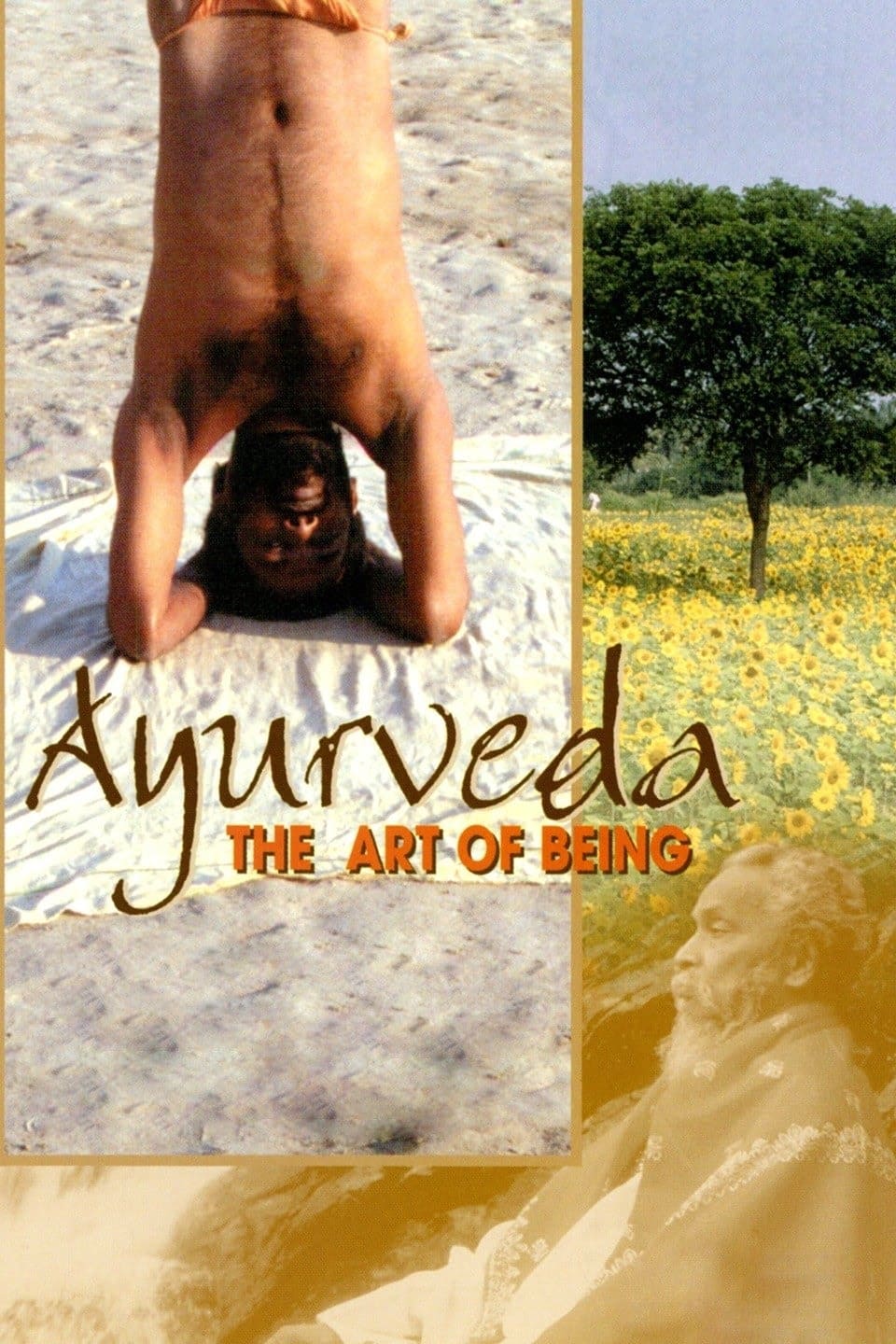
Ayurveda is a science of life and a healing art, where body, mind and spirit are given equal importance. This voyage of thousands of miles across India and abroad takes you on a unique poetic journey, where we encounter remarkable men of medicine or simply a villager who lives in harmony with nature. "Hope is nature's way of enabling us to survive so that we can discover nature itself."
16 May Ayurveda – Art of Being (2001)
Cinematic Cosmologies
I suppose there are an infinite number of coherent structures that pockets of people have invented to explain the world to themselves. All of these will be of deep sophistication. All will be constrained by the hard wiring in the human mind and what we can handle conceptually. Each will be further constrained by locally invented methods of abstraction. When one is viewed from the place of the other, it seems curious inept.
All of these, every one, ties itself to matters of birth, sickness and death, and often with physical features of the body. The amazing thing is that most of them work as functional medicine most of the time. It would be obviously patronising to judge these here from this writers world. But it is worth noting that the effectiveness of these medical treatments is directly related to how much sense they make to the doctor and patient. And this is helped if there is ancient tradition that can be cited.
One such cosmology is the point of this film, a documentary. The actual matter of the documentary consists of small lectures from a guru about the ineffable wisdom that he possesses and which no one else could without his 50 years training. Ancient references are not to be exposed to the public because of their inability to understand, and yet, with each treatment the explanation bends to be simple, clear, obvious. And after a short while, incredibly tedious.
What’s interesting about this is the relationship of the cinematic world to what the film is about. The film is about how the order of the universe, when you have the ability to perceive it, can be used to make individuals right. In essence it is about the practice of understanding cosmic order and the place of entities in that order.
Now, the actual words we hear are insipid to me a great wisdom to someone else, but that hardly matters. What matters is how the film appears. Each shot in another such documentary would be made perhaps with a handheld camera with the therapy or explanation of the moment a focus. All else would be random: backgrounds, framing, colour.
But in this case, every shot is perfection. Really, I really mean this. Every shot has the thing in the foreground that we are supposed to be watching. But every shot also has a composition and background that is so ordered, so composed and balanced, so obviously different than what we would see if we were there watching that it makes the point. The world has order. There are great works of art that make that order obvious. We literally see that at work.
And that practitioners can apply that order to individuals. We see that in a sense as well, because the order of the world Nalin presents contains the treatments we see. It is not the same of course, but we subliminally make the connection. This is wonderful filmmaking, and a deep understanding of the manufactured cosmos.
There’s a curious scene in here. This old guy claims that his power is such that he can eat “raw” mercury and treat himself so that nothing untoward happens. He does apparently eat some. He seems unaware that the camera can catch him palming the poison though.
Posted in 2009
Ted’s Evaluation — 2 of 3: Has some interesting elements.


No Comments